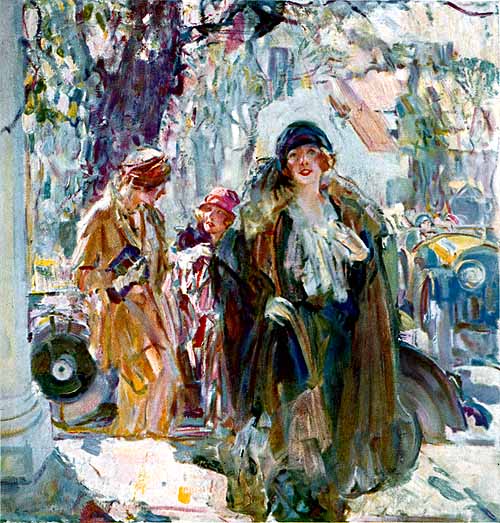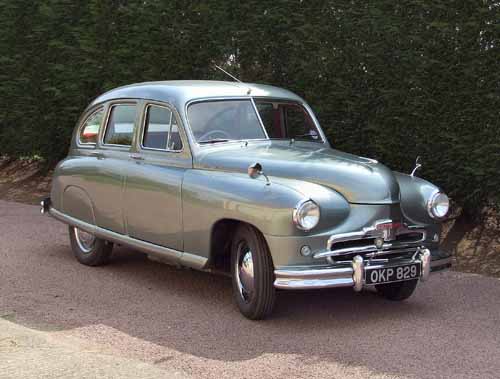The image above is of the painting "Formal Session of the State Council in Honor of Its Centenary on May 7th, 1901" painted in 1903 by the Russian master, Ilya Repin (1844-1930). Information on the nature of the Council can be found here.
The painting is huge, occupying much of a wall in the Russian Museum in St. Petersburg. The museum is well worth seeing if you are interested in Russian art and have any time or energy left after traipsing through the Hermitage.
According to David Jackson in this book (pp. 168-70):
Repin was given extraordinary permission to study council meetings, having insisted that everything be done from life. He worked on the enormous canvas between April 1901 and December 1903 with assistance of two pupils, Boris Kusodiev and Ivan Kulikov. It presented formidable technical problems, not least the perspective of the circular chamber, but also the complexity of arranging scores of figures of varying sizes whilst seeking to retain a harmonious colour scheme amongst a riot of official uniforms and sumptuous furnishings. In the event the Tsar was pushed to the background as Repin was forced to reduce the actual number of members to a more manageable figure.
Several artistic devices were employed to to solve these difficulties. The fore-figures are painted larger than life to forestall the portraits in the background dwindling to minisule proportions. To solve the difficulties of perspective the chamber is seen from a number of converging viewpoints, rather than any single one. All lines in the picture bend rather than travel straight, since a true rendition would create the illusion of concavity and collapse. To harmonise the colour scheme complementary tones were highlighted; black, red and yellow, punctuated with the sky-blue of members' sashes.
There is some doubt as to how much of the finished work is by Repin as there are discrepancies in quality between the figures, though this does not necessarily point to his assistants. From the late 1890s he began to suffer increasing pains in his right hand which had begun to atrophy due to a lifetime's overwork.... According to Repin he painted the entire canvas with only the use of his left hand, though he was still stubbornly trying to use his natural hand as late as 1917....
Natalya Nordman, Repin's companion at this time, used a Kodak camera to assist in the process of recording data, but Repin insisted upon personal sittings which he integrated into the overall composition and the work was finished in a surprisingly short time, less than three years.
Here are some of the portrait studies Repin made.
Gallery
Count Dmitry Martynovich Solsky - 1903
Unidentified
Konstantin Pobedonostsev - 1903
Prince Mikhail Sergeyevich Volkonsky - 1903
Sergei Witte - 1903
Count Aleksey Pavlovich Ignatiev - 1902

























































